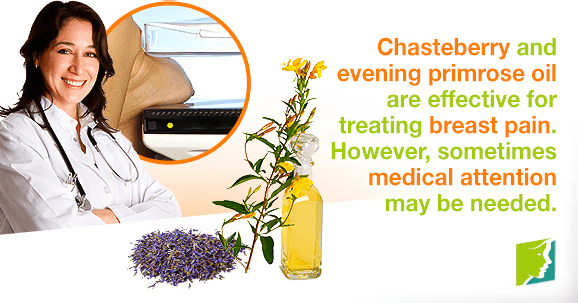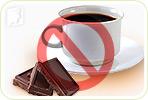Pain in the breast area is one of the most common symptoms of menopause. Unfortunately, this often daily experience is also one of the most frustrating to deal with. Even simple movements like putting on a shirt in the morning can cause tenderness and discomfort. The sensation may be a new experience for you, or it might be familiar after decades of premenstrual syndrome (PMS).
Either way, it is helpful to have your questions answered when it comes to this condition. This will help you determine the severity of your case and allow you to respond effectively and overcome whatever issues you face.
What Are the Types?
Breast pain, also known as mammaglia, mastalgia, and mastodynia, most commonly occurs in two difference forms. The first, less common variation, is known as non-cyclic breast pain. This pain is constant and has a clear cause, such as arthritis or physical trauma.
The other type, which is the one most commonly experienced by both menopausal and premenstrual women, is called cyclic breast pain. This usually manifests at certain times of the month, and many can sense when it is about to appear because it is accompanied by a distinguishable pattern. It is usually a tenderness that persists for a few days each time, and then subsides.
What Are the Causes?
The main cause for cyclic breast pain is hormonal fluctuations. Since sex hormones, such as estrogen, become so erratic during PMS and menopause, they can cause inflammation of breast tissues. Although your estrogen levels are lowered during menopause, there are times where they will spike, and this is often when sharp pain can occur.
What Symptoms Can Occur?
Symptoms differ vastly from woman to woman because of sensitivity to estrogen shifts and lifestyle choices. However, the most commonly reported experience is tenderness in the breast area. This can even spread to the armpit region among some, and become a throbbing sensation. Some women feel it in the right breast, others in the left, and many in both.
The severity can extend from mild and easy-to-ignore soreness and slight swelling, to a sharp, disruptive pain that can make the slightest movement hurt. Putting on a shirt, walking around, and physical contact can easily trigger a sharper, debilitating, pain.
Are There Triggers?
Although estrogenic changes are impossible to avoid, there are many triggers to be aware of that decrease pain in breast area. Triggers are typically what sets people with mild breast pain and severe breast pain apart.
Studies have found that caffeine, alcohol, fatty foods, and salty foods can worsen the intensity of the pain. Try to eat these in moderation and eliminate where possible. Also, people with a high body mass index (BMI) experience worse pain, so ensure that you maintain good physical activity and healthy eating patterns.
Are There Herbal Remedies?
There are two tried, tested, and celebrated herbs that are particularly effective for treating pain in breast area. One is evening primrose oil, which is a seed extract that has been used since Native American times, and is found to be 92% successful for relief.
Another useful herb is chasteberry, which is a common prescription for women with breast pain throughout Europe.
When Should I See a Doctor?
Although breast pain can be safely and effectively treated with lifestyle changes and herbal remedies, sometimes medical attention may still be crucial. See a doctor is you notice nipple discharge, a new lump, infection, intense pain that does not subside, or any anomalies during your monthly breast self-exam.
To prevent your symptoms worsening, make sure to check in with your doctor and learn more about your breast pain. You should keep track of the pains intensity, and note any improvements with lifestyle changes and herbal remedies. There is always something you can do to find relief, so don't let this pesky pain get in the way!
Sources
- Harvard Medical School.(2005).Breast pain isn't just a menstrual complaint.Retrieved April 2, 2014, from http://www.health.harvard.edu/press_releases/breast_pain
- National Institutes of Health.(2012).Breast pain. Retrieved April 2, 2014, from http://www.nlm.nih.gov/medlineplus/ency/article/003152.htm
- University of Maryland Medical Center.(2013).Evening Primrose Oil. Retrieved April 2, 2014, from https://umm.edu/health/medical/altmed/herb/evening-primrose-oil
- NYU Langone Medical Center.(2013).Chasteberry.Retrieved April 2, 2014, from http://www.med.nyu.edu/content?ChunkIID=21649



